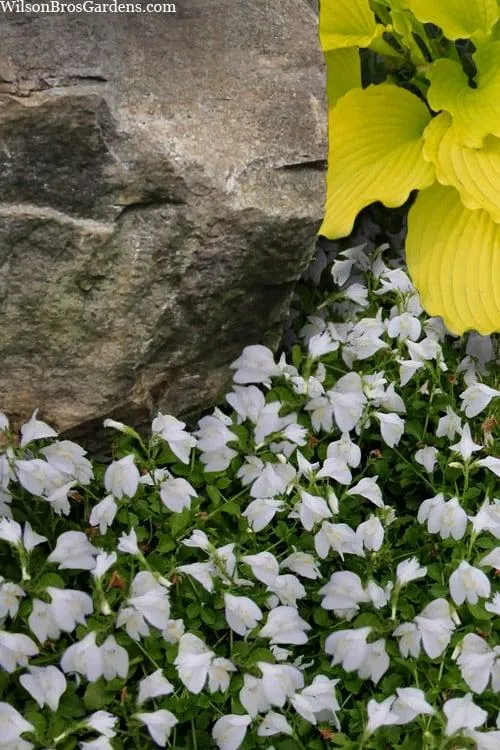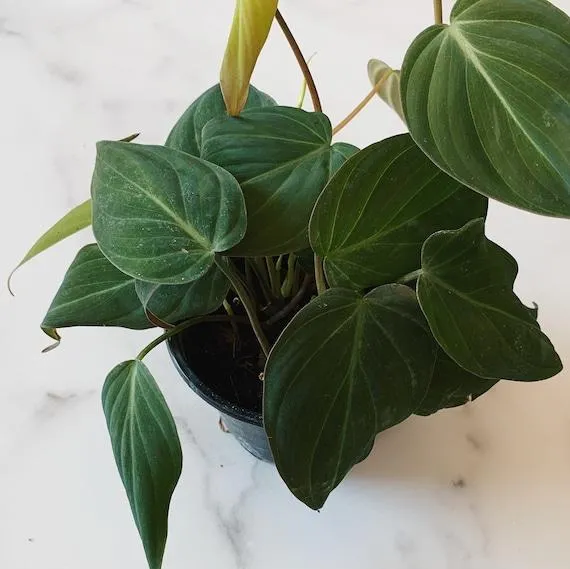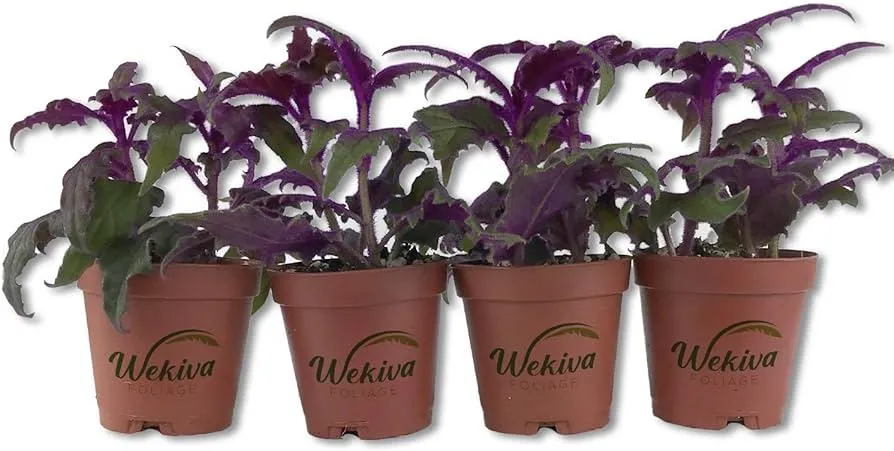Everything You Need to Know About Trailing Velvet Plant
The trailing velvet plant is a popular houseplant known for its attractive velvety leaves. If you’ve searched for information on this plant, you’ve come to the right place. In this article, I’ll cover all the basics on caring for trailing velvet plant as well as some tips and tricks from my own experience growing them.
Identification
Trailing velvet plant, also called micans or white butterfly, belongs to the genus Micans discolor. It can be identified by its oval green leaves that feel soft and velvety to the touch due to tiny hairs on the surface. The leaves range from 1 to 3 inches in length and are bright green on top with a reddish underside. Its stems are square-shaped and trail over the edges of pots.
Light Requirements
Trailing velvet plants thrive in bright, indirect light. Direct sun can scorch their leaves, so they do best in an east- or west-facing window. I’ve found they also tolerate low light fairly well as long as they receive some sunlight daily. Avoid keeping them in extremely shady areas where they may become leggy and lose their vibrant color.
Watering Needs
Water is key to keeping trailing velvet plants happy. Like most houseplants, they prefer moist soil but should be allowed to dry out slightly between waterings. I usually water mine once the top inch of soil becomes dry. During the growing season, they may need water every 5-7 days. Reduce watering to every 10-14 days in winter when the plant is less active.
Soil and Fertilizing
Trailing velvet plants grow well in regular potting mixes. I recommend using a soil formulated for houseplants that drains well. Overwatering in soggy soil can cause root rot. Feed the plant every 2-4 weeks during spring and summer using a dilute liquid houseplant fertilizer. Slow the feedings to every 6-8 weeks in fall and winter when growth is slower.

Temperature
These plants do best at room temperature between 65-80°F. Avoid drafty spots or areas near heating vents. Overly high or low temperatures can cause leaf drop. Trailing velvet plants make great houseplants that can tolerate normal indoor temperatures without special heating or cooling.
Pruning and Propagation
Prune off leggy growth or browned leaves as needed to keep the plant bushy and attractive. Cut stems slightly above a leaf node using clean pruners. Trailing velvet plants root easily from stem cuttings. Simply place a 4-6 inch stem cutting in water or potting mix. Within a few weeks, you should see roots sprouting. Once established, the new plant can be potted up.
Pests and Diseases
These low-maintenance plants are generally pest-free indoors. Occasional infestations of spider mites can occur in dry conditions. Spraying the leaves with water every few days helps prevent mites. Mealybugs sometimes affect plants with sow soil or crowding issues. Isolate and treat infected plants with neem oil or insecticidal soap. Overwatering may lead to root rot, so allow the soil to dry between waterings.
Placement in the Home
As a trailing plant, micans looks beautiful hanging in baskets or cascading over the edges of pots. I like to display mine on shelving, hanging planters or tabletops where its vines can trail freely. They also work well trained onto moss poles or trellises. Place the plant where family and friends can admire its unique foliage up close.
Varieties
Several cultivars of trailing velvet plant exist with subtle leaf variations. ‘Album’ has pure white leaves rimmed in red. ‘Argenteovariegata’ features cream and green variegated foliage. But the classic green form is still the most popular and easiest to find. Any of these varieties make a lovely addition to both low and bright light indoor spaces.

Common Problems
One issue that kills countless indoor plants is overwatering. I’ve lost trailing velvet plants due to soggy soil in the past. Now I always check the soil is barely moist before watering again. I’ve also dealt with stubborn infestations of spider mites during dry winter months. Regular misting and sticky traps helped me beat these pests without chemicals. Proper care and monitoring plant health is key to keeping trailing velvets thriving indoors for many years.
Final Thoughts
In summary, trailing velvet plant is a versatile houseplant with minimal care needs. Its soft green or variegated leaves make a beautiful visual statement hanging or cascading from containers. In my opinion, it’s one of the top 3 easiest trailing houseplants to grow. With the right light, water, soil and temperature conditions, you’re sure to enjoy this low-maintenance beauty for many seasons to come.
I hope this covers everything you need to know to successfully grow trailing velvet plant! Let me know if you have any other questions. Happy planting!
Trailing Velvet Plant Care Information
| Common Name | Trailing Velvet Plant |
| Scientific Name | Micans |
| Light Requirements | Bright, indirect light. Avoid direct sun |
| Water Requirements | Allow soil to dry out between waterings. Water when top inch of soil is dry. |
| Humidity | Prefers moderate to high humidity. Mist foliage occasionally. |
| Temperature | Grows best between 65-80°F. Can tolerate lower temperatures if soil is not saturated. |
| Fertilizer | Feed monthly in spring and summer with diluted liquid fertilizer. |
| Propagation | By stem cuttings using stem cuttings with 3-4 leaves. Root in water or potting mix. |
-
What kind of soil does the trailing velvet plant like?
The trailing velvet plant does well in soil that drains easily, such as potting mix. It doesn’t care for soggy or waterlogged soil.
-
How much sunlight does it need?
This plant does best in partial shade. Direct sun can burn its velvety leaves. It does okay in dappled light or a few hours of morning sunlight.

-
How do you care for it?
Water when the soil becomes somewhat dry. Do not overwater. You can trim it to keep it bushy. It’s easygoing and basically takes care of itself once established.
-
When does it bloom?
It flowers mainly in summer but you might see blooms at other times too if conditions are right. The pink flowers are quite small but lovely to look at up close.
-
Is it poisonous?
According to the experts, all parts of this plant are potentially toxic if ingested by pets or people. However, it appears the chance of that is low since its leaves don’t look very tasty. Still, it’s safer to keep it out of reach of small children and animals just to be sure.
-
What kind of container can I use?
Any type of pot will work as long as it has drainage holes. Terra cotta, plastic or glazed ceramic are all fine choices. Make sure the container is large enough to accommodate its eventual size without overcrowding.
-
How do I propagate it?
You can propagate new plants from stem cuttings. Cut off sections of the trailing stems, remove the lowest leaves, and plant them in potting mix. Mist the soil regularly until roots form. Before long you’ll have more velvet plants!

-
Will deer or rabbits eat it?
Perhaps. Based on my memories from gardening as a kid, rabbits sometimes nibble on all sorts of plants. But deer don’t seem to like this one much. With any luck, the trailing velvet plant’s fuzzy leaves might kind of gross them out or something. But who knows – animals can be unpredictable!
